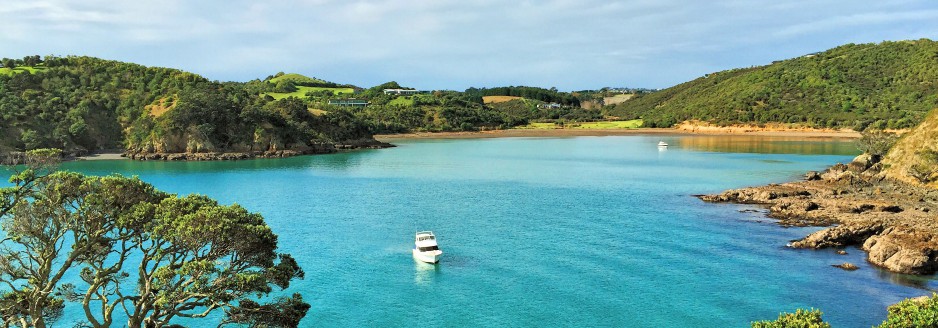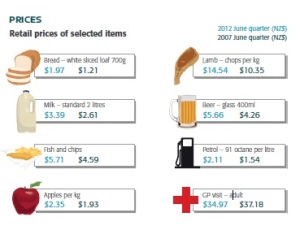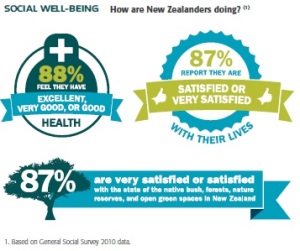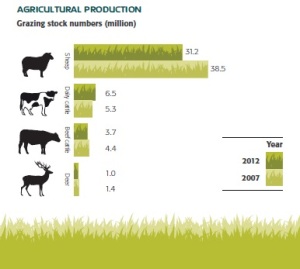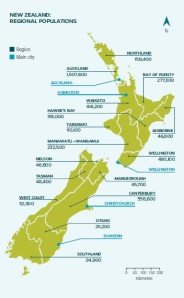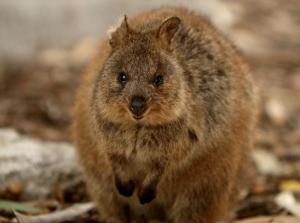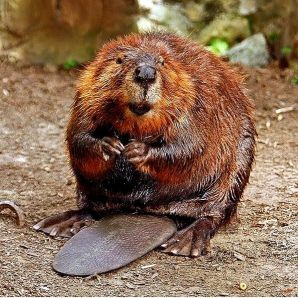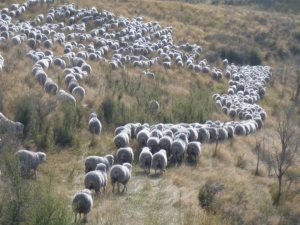Snapshot of life in New Zealand in 2013
If you’re wondering what it’s really like to live in Godzone and the closest you’ve got to experiencing it so far is the latest Hobbit film, there is a more reliable way to discover what life really involves in New Zealand.
A recently released document from Statistics New Zealand has painted a portrait of life in NZ – its people, its costs and its economy, with no orcs or trolls in sight.
Let’s see what life in New Zealand in 2013 is really like:
Keen to know more?
The full report has plenty more information about New Zealand’s economy, average earnings, population and labour force.
